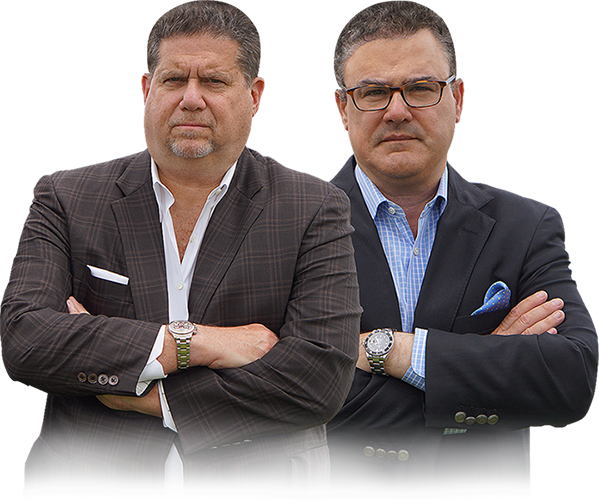You’ve probably heard “speed kills,” and that’s especially true on US and Texas highways and roads. The faster the vehicle, the less control the driver has over it and the less time the person has to react. It’s a recipe for severe injuries and deaths when a speeding vehicle hits an object, another car, pedestrian, motorcyclist, or bicyclist.
Why Does Speed Kill?
The larger and faster a vehicle, the more energy is released into whatever it strikes. If a vehicle hits you at 20 mph, it will cause body damage to your car, but you may be unhurt.
If it hits you when it’s traveling at 60 mph, the energy put into your vehicle, then into you, can cause fatal injuries. Even if you’re using seatbelts and your car’s airbags inflate, your body will forcefully rock back and forth in your car’s interior. That energy transferred into your body could cause severe enough internal injuries to kill you.
Speed has other effects beyond sheer force, including the related issues of time and space. The faster the vehicle:
- The longer it will take to stop. That distance becomes longer if the roadway is wet and or the tires are worn. A crash that may be easy to avoid at 20 mph by using the brakes may be unavoidable at 60 mph because there’s not enough space between the vehicles
- The less reaction time the driver has to act. The driver has more time to turn out of the way of another car or hit the brakes. Those few extra moments may be all that’s needed for the driver’s brain to understand what’s going on and for the body to take action and prevent an accident
The angle at which your vehicle and the other collide, and whether your vehicle has a secondary collision with an object or other vehicle, can make the crash’s effects more or less deadly.
Another factor is the weight of the vehicles. The heavier your vehicle, the better it may be in absorbing the energy put into it. The heavier the other vehicle, the more powerful a punch it delivers.
How Many are Killed by Speeding Drivers?
Nationwide in 2020, 11,258 people were killed in speed-related accidents across the US, according to the National Highway Traffic Administration. They estimate that speed was a cause of 29% of traffic accidents in the country that year.
In Texas that year, there were 3,896 people killed in traffic accidents, according to the state’s Department of Transportation. Speed was a factor in 385 of those deaths, including the speeding drivers, passengers in their vehicles, occupants of other vehicles, pedestrians, and others. Intoxicated (and in many instances, speeding) drivers were involved in accidents that killed 990 people in the state in 2020.
The Other Driver was Speeding. Does That Help My Case?
Texas personal injury law is considered modified comparative negligence:
- Negligence is a legal theory that states if someone is at fault for an accident by making a serious mistake they should not have made, they should be held responsible
- To have a successful insurance claim or lawsuit you must show the other driver was more responsible for the crash than you were
- If you have some responsibility but less than the other driver, your percentage of the blame is deducted from your recovery
To prove your negligence claim, you must show:
- The other driver owed you a legal duty to drive in a reasonably safe way because the two of you shared the road
- That legal duty was breached or violated when they drove dangerously, in this case, breaking the law by speeding
- That legal breach or violation caused the accident and your injuries
- You suffered damages (harm measured in dollars) as a result
- The other driver, under Texas law, is obligated to compensate you for your damages
If the other driver got a speeding ticket, that goes a long way to prove they breached their legal duty. It strengthens your case, and the insurance company should be more willing to settle your case for a reasonable amount.
Even if there was no ticket, other evidence showing the driver was speeding would be a critical part of your case. The evidence could come from witnesses, surveillance videos of the crash, evidence from the crash scene, including skid marks, the degree of damage to your vehicle, or a crash reconstruction by a vehicle accident expert.
Should I Hire a Schechter, Shaffer & Harris Car Accident Lawyer?
Call Schechter, Shaffer & Harris, L.L.P if you need a Houston personal injury lawyer with years of regional court system experience. As a law firm representing injured car accident victims in Texas, we help people like you obtain settlements and win judgments for compensation for their injuries. Contact us today to schedule your free consultation and begin the process to get the recovery you deserve.





